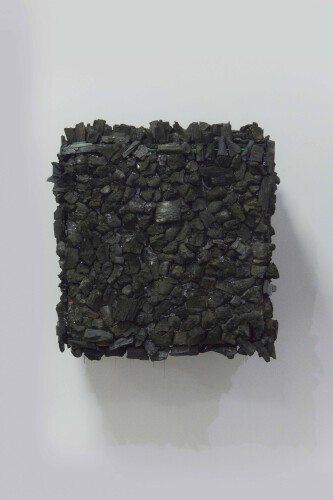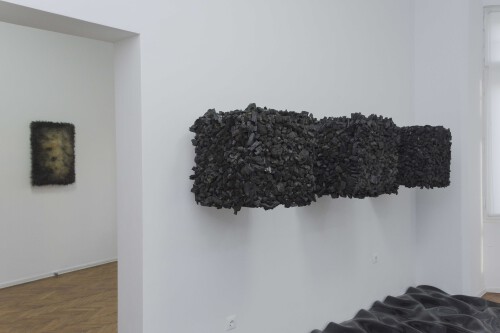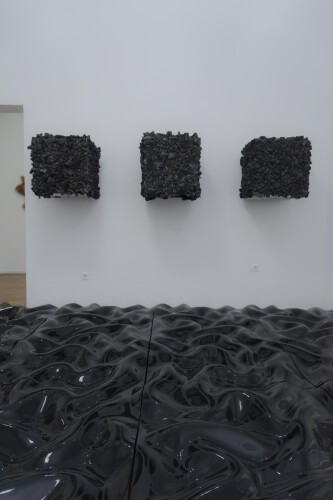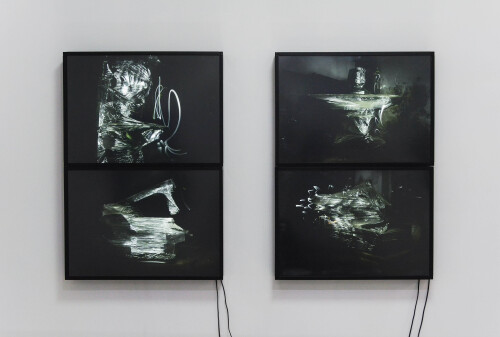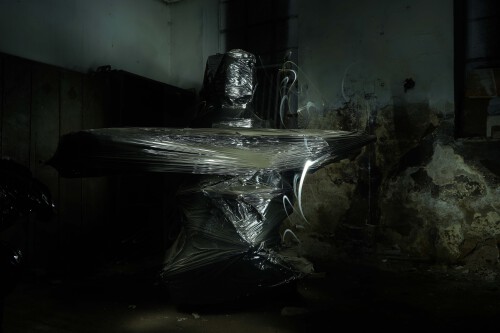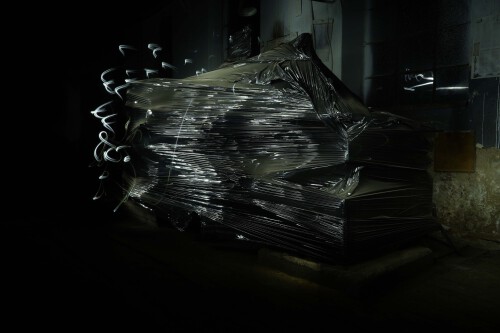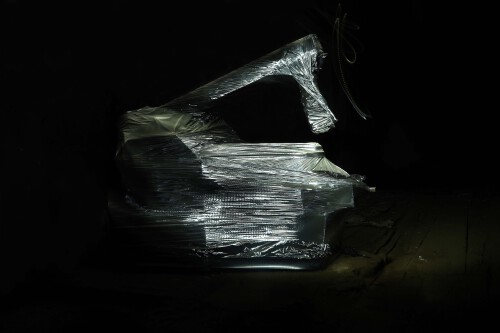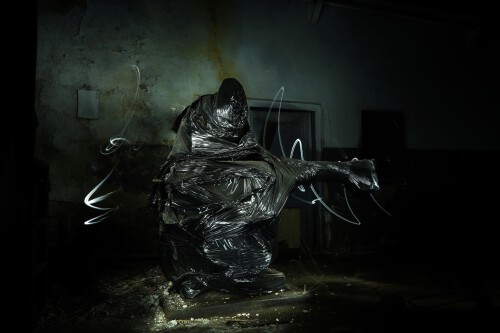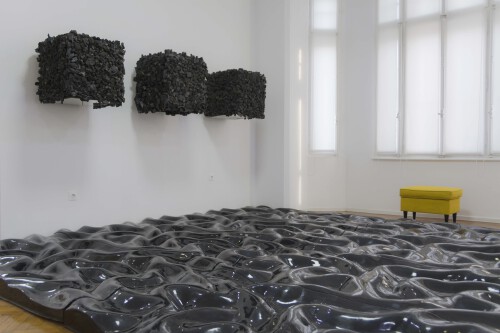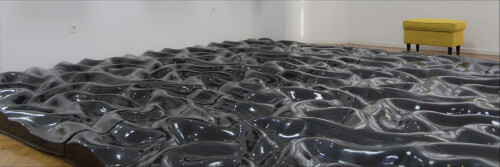Carol Galleries
Carol Galleries, Carol I Bd, no 59
020915 Bucharest
Romania
T. +40741962678
https://www.artsy.net/galeriile-carol/shows
Directors:
Iulia Deme
Stand: B21
Artists at viennacontemporary 2020
Artists Represented
Carol Galleries is an interactive space dedicated to contemporary art, a space which promotes Romanian and international emerging artists. Founded in 2015 in Bucharest, Romania, by Iulia Deme, the Carol Galleries launch emerging Romanian artists and promote artists from Romanian diaspora. The Carol Galleries have a consistent exhibition schedule created by curator Raluca Baloiu. The exhibition program is dynamic, the group exhibitions alternate with solo shows where the established artists are invited. The gallery focuses on the promotion of young artists and on the collaboration with other national or international institutions, galleries, and museums; in addition, international fairs take priority.
An important direction of the gallery's activity consists in launching emerging artists who tackle unconventional environments in painting, sculpture, appliances and new media.
The curatorial programme also focuses on exhibitions acting as '70s and '80s revival of Romanian diaspora art, and the innovative approach of the artists residing abroad is brought in close-up.
The Carol Gallery is located in an easily accessible area, in the center of Bucharest, on Carol's boulevard, No. 59, first floor. The generous exhibition halls, in a classic interwar house, create a complementary dialogue between space and works. Carol Galleries represents young artists who use various artistic practices and experimental materials.
The emergents artists of the gallery like Ionuț Barău, Andrei Bălan, Alin Carpen, Alexandru Micloș, Alexandru Papuc and Tudor Rantzos use memory as creative practice, either it is cultural, emotional, individual or collective memory. Through recovery of some coal fragments from the Mill of Assan, Alin Carpen brings to our attention the memory of a historical monument; Alexandru Papuc transfers the water’s memory into an industrial material, Andrei Bălan recuperates personalities-victims of the communist system; Tudor Rantzos resorts to cultural citations from the history of plastic arts to recall to our attention the Mine of Petrila; Ionuț Barău appeals to the protesting art in favor of the environment by displaying some idyllic landscapes while Alexandru Micloș creates kinetic sculpture objects which find equivalents in Asian culture.
The six artists transfer tale quale the vestige-objects they recover from nature or from buildings they want to rescue from their immediate neighborhood or from oblivion. Thus we witness the dissolution of the boundaries between art and life, as Allan Karpow argued (in Essays on The Blurring of Art and Life, University of California Press, 2003).
The emergents artists of the gallery work with different materials like wood and metal, to plastic polyurethane foam and artificial fur.
Several artists from Romania build their discourse upon form starting from nature and assimilating periods from the visual arts history. Their concern for the figurative area has been manifested since the 1980s, and has continued over time, developing new abilities for visual expression. "The consistent figurative" has been a permanent concern for the five exhibiting artists: Doru Covrig, Aurel Vlad, Mircea Roman, Florentina Voichi, Ioan Iacob. Nature is the one that inspires them, far from being mimetic: Doru Covrig develops with humor and irony a synthesis of the neo-pop form; Aurel Vlad builds his giant characters from neo-expressionist contortions; Mircea Roman renders mystical, Egyptian figures; Ioan Iacob paints with color matter the life inside the forms; Florentina Voichi illustrates the expression of a symbolic city, which starts from the Renaissance as a source of inspiration. It is perhaps not by chance, that Florentina Voichi gathered around her, artists of the same generation, whose constant preoccupation is the figurative, and here I refer to Aurel Vlad, Mircea Roman, Ioan Iacob.
Another artist of our gallery is the international sculptor Lidó Rico. For a few years, Lidó Rico has been working with neuroscientists, transposing their studies into sculpture. By making recourse to a scientific baseline, he is taking into consideration the functional aspects of the brain and its specific problems, the artist from Spain illustrates the brain circuits and zones affected by addictions, but also their consequences on behaviour and memory. In the „Genoarquitecturas” project, through the neurological studies made available, science becomes complementary to art and art becomes complementary to science, with the support of the intuitive representation completing the scientific one. The scientific, as well as intuitive and creative dimensions of the artist’s sculptural objects, open numerous interpretation levels. The introduction of microchips and electronic components in the sculptures reproducing the human brain suggests the technological assault.
The emerging artists that the Carol Galleryes represensts are: Ionuț Barău, Andrei Bălan, Alin Carpen, Alexandru Micloș, Alexandru Papuc, Tudor Rantzos, Mirela Iordache and Liviu Mihai.
The international artist Lidó Rico and also the well-known artists from Romanian Diaspora: Doru Covrig and Ioan Iacob. In our portofolio we also have the well-known artists from Romania: Aurel Vlad, Mircea Roman and Florentina Voichi.
